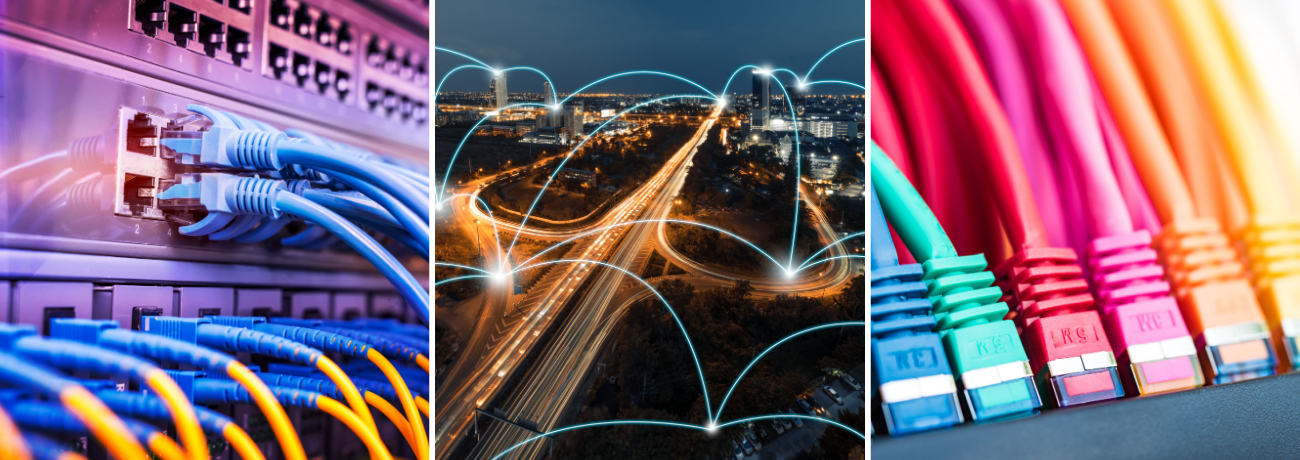From ancient Greece to the mid-twentieth century, physicists and philosophers thought that light traveled through an elastic, passive, invisible, and omnipresent substance. This substance, which was known as light ether, was supposed to propagate electromagnetic waves in space.
Although modern physics dismisses this theory, it became the conceptual basis for one of the most common networks and connectivity solutions.
Ethernet definition: the beginning
In 1973, the Xerox research center was looking for a way to physically interconnect different computers located in the same place. This interconnection protocol was called Ethernet.
As the ubiquitous substance that ancient physics imagined, Ethernet was a medium of transporting data packets from one computer to another. By connecting local networks via cable, devices placed in a building or a house could exchange information easily and quickly.
Now that you know what Ethernet is, maybe you want to know how it works.
How does the Ethernet work?
The Ethernet network creates a local communication system interconnected by cables, whether coaxial, twisted or fiber optic, and equipment such as routers and switches, which allow data and resources to be shared, such as printers, scanners or devices of all kinds.
Usually, the Ethernet refers to networks of limited extension; for example, offices, premises, or buildings.
But why the Ethernet if there is Wi-Fi?
With the rise of smartphones and the Internet of things, a wireless network seems the best option for someone looking to stay connected.
However, certain points should be considered before deciding on one or the other option.
Stability
The Ethernet network delivers consistent speed, which is highly convenient, especially when it comes to interacting with a lot of information.
On the contrary, the connection by wireless networks can suffer constant interference depending on the distance or the place of the router, which generates constant variation in the connection speed.
Therefore, for wireless networks, it will always be harder to have the stability achieved with the Ethernet network.
Security
Ethernet networks transmit data confining physical means such as optical fiber and coaxial cable, and you can only manipulate it using devices connected to the same network.
In that sense, the chances of losing information or receiving a cyber attack decrease. By contrast, Wi-Fi or wireless networks function as an open network: it transmits the data over the air, which makes them more susceptible to interference and, therefore, more vulnerable and insecure.
Flexibility
In this aspect, the Ethernet network implies a larger capacity of resources: cabling, modems, firewalls, switches, maintenance, etc.
In addition to this, it reduces the possibilities of mobility, since not all devices can connect to it; each one will need the installation of a network point. With Wi-Fi, flexibility is almost guaranteed, as it is not dependent on a fixed system of interconnecting cables, and distance is the only limitation to connect.
As you can see, both have advantages and disadvantages. Therefore, before deciding on any type of network connection, it is convenient to think about the use and the purpose, in addition to the budget and infrastructure.
In the following checklist, you will know how to manage your company’s network. Download it for free by clicking below.


.webp?width=150&height=68&name=Logo%20Espa%C3%B1ol%20Fondos%20Claros%20(1).webp)
.webp?width=130&height=58&name=Logo%20Espa%C3%B1ol%20Fondos%20Claros%20(1).webp)








.jpeg?width=352&name=Datacenter%20(1).jpeg)

.jpeg?width=352&name=5g%20(1).jpeg)

.jpeg?width=352&name=Internet%20para%20empresas%20(1).jpeg)